Home>Home Appliances>Laundry Appliances>How To Calibrate A Washing Machine
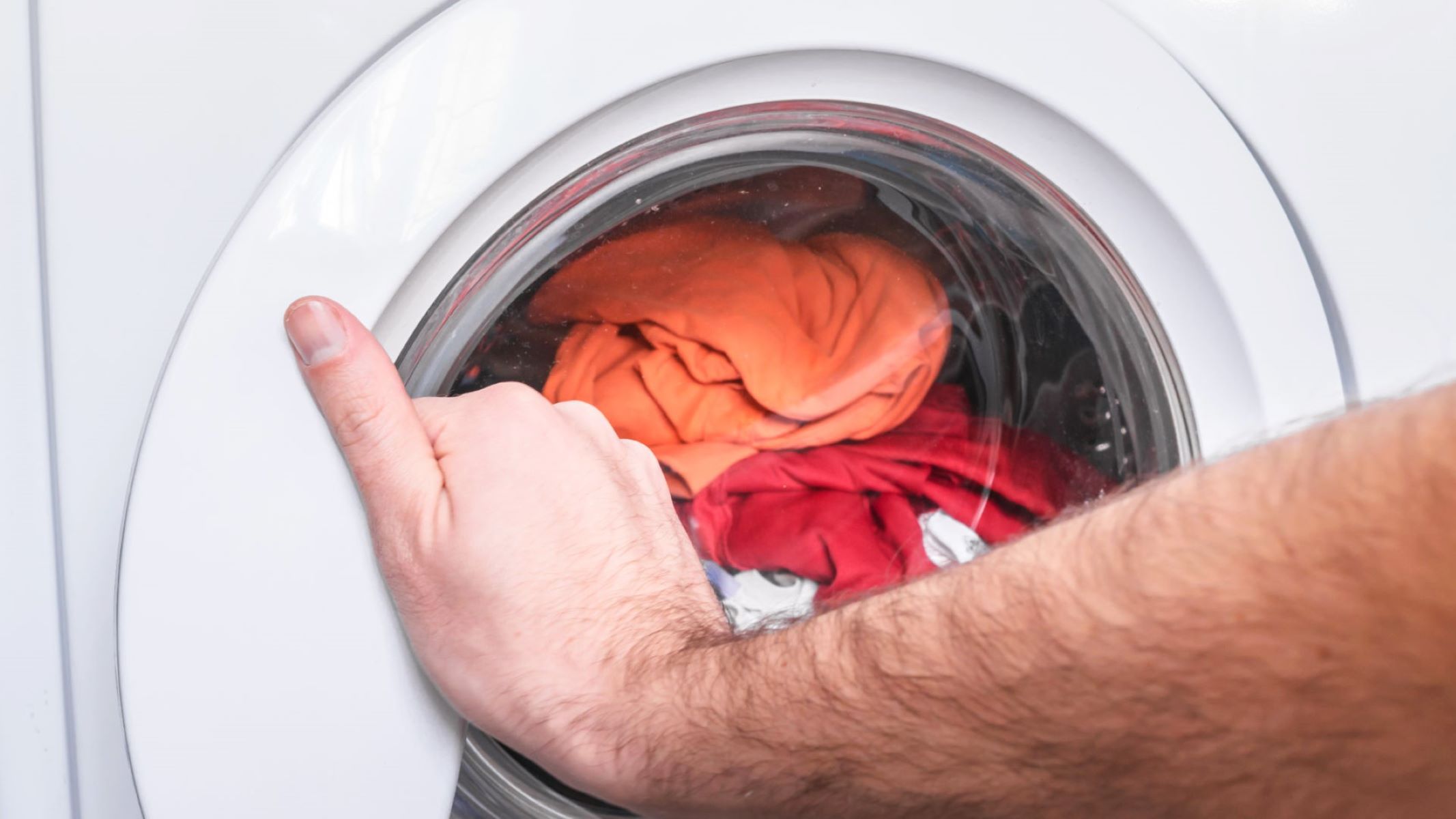

Laundry Appliances
How To Calibrate A Washing Machine
Published: February 26, 2024
Learn how to calibrate your laundry appliances with our step-by-step guide. Ensure your washing machine is running efficiently and effectively.
(Many of the links in this article redirect to a specific reviewed product. Your purchase of these products through affiliate links helps to generate commission for Storables.com, at no extra cost. Learn more)
Introduction
Calibrating a washing machine may not be the first thing that comes to mind when thinking about laundry appliances, but it is a crucial maintenance task that can ensure your machine operates efficiently and effectively. Over time, the internal components of a washing machine can become misaligned or experience wear, leading to issues such as unbalanced loads, excessive vibrations, or incomplete cleaning cycles. By calibrating your washing machine, you can address these issues and optimize its performance.
In this comprehensive guide, we will delve into the essential steps for calibrating a washing machine, providing you with the knowledge and confidence to tackle this task with ease. Whether you are a seasoned homeowner or a new renter, understanding how to calibrate your washing machine can save you time, money, and frustration in the long run.
By following the steps outlined in this article, you will be able to address common issues such as unbalanced loads, excessive vibrations, or incomplete cleaning cycles. Additionally, you will gain insights into troubleshooting potential problems that may arise during the calibration process. With the right tools and a clear understanding of the calibration procedure, you can ensure that your washing machine operates at its best, delivering clean and fresh laundry with every cycle.
Now, let's dive into the world of washing machine calibration and discover how a few simple adjustments can make a significant difference in the performance of this essential household appliance.
Key Takeaways:
- Calibrating a washing machine is like giving it a tune-up, ensuring it runs smoothly and quietly. It’s an essential task to prevent issues like unbalanced loads and excessive vibrations, so your laundry comes out fresh and clean every time.
- After calibrating your washing machine, run a test cycle to check for improvements. Look out for things like noise, load balance, water level, and cycle completion. This helps ensure your machine is working at its best and can identify any remaining issues.
Read more: How To Calibrate A Samsung Washer
Understanding the Washing Machine
Before delving into the process of calibrating a washing machine, it's essential to have a clear understanding of how this indispensable household appliance operates. A washing machine is a complex system comprising various mechanical and electronic components designed to clean and rinse soiled laundry efficiently. Understanding the key elements of a washing machine can provide valuable insights into the calibration process and the potential issues that may arise.
Inner Workings of a Washing Machine
A typical washing machine consists of a drum, agitator or impeller, motor, pump, water inlet valves, and electronic control unit. The drum, often made of stainless steel or porcelain-coated steel, is the central component where the laundry is loaded for cleaning. The agitator or impeller, located inside the drum, facilitates the movement of water and detergent through the laundry, ensuring thorough cleaning.
The motor powers the drum's rotation and the agitator's movement, while the pump is responsible for draining water from the machine during the spin cycle. Water inlet valves control the flow of hot and cold water into the machine, allowing for precise temperature settings. The electronic control unit serves as the brain of the washing machine, coordinating the various functions and cycles based on user input and sensor feedback.
Common Issues with Washing Machines
Over time, a washing machine may experience issues such as unbalanced loads, excessive vibrations, or incomplete cleaning cycles. These issues can arise due to factors such as misaligned internal components, worn-out parts, or electronic malfunctions. Unbalanced loads can lead to noisy operation and potential damage to the machine, while excessive vibrations can cause the appliance to move during the spin cycle, posing a safety risk.
Incomplete cleaning cycles may result from factors such as water temperature inconsistencies, detergent distribution issues, or sensor inaccuracies. Understanding these common issues is crucial for identifying the need to calibrate the washing machine and address any underlying problems. By gaining insight into the inner workings of a washing machine and recognizing potential issues, you can approach the calibration process with a clear understanding of the desired outcomes and the steps required to achieve optimal performance.
Importance of Calibration
Calibrating a washing machine involves adjusting its internal settings and components to ensure that it operates smoothly, efficiently, and safely. By calibrating the machine, you can address issues such as unbalanced loads, excessive vibrations, and incomplete cleaning cycles, ultimately enhancing its overall performance. Understanding the intricacies of a washing machine and the significance of calibration sets the stage for the subsequent steps in this guide, empowering you to take proactive measures in maintaining and optimizing this essential household appliance.
Read more: How To Calibrate Whirlpool Washer
Tools and Materials Needed
Calibrating a washing machine requires a few essential tools and materials to ensure a smooth and effective process. Before embarking on the calibration procedure, it's important to gather the following items:
1. Screwdriver Set
A set of screwdrivers, including both flathead and Phillips head varieties, is essential for accessing the internal components of the washing machine. Different screw sizes and types may be encountered, so having a versatile screwdriver set ensures that you can easily remove panels and access the necessary parts for calibration.
2. Level
A reliable bubble level is crucial for determining the machine's balance during the calibration process. Ensuring that the washing machine is perfectly level is essential for preventing issues such as excessive vibrations and uneven loads during operation. A level surface is key to the optimal performance of the appliance.
3. Adjustable Wrench
An adjustable wrench is useful for tightening or loosening bolts and nuts that may need adjustment during the calibration process. It provides flexibility and ease of use when working with various sizes of fasteners and fittings within the washing machine.
Read more: How To Calibrate An Espresso Machine
4. Owner's Manual
The owner's manual for the specific washing machine model is an invaluable resource during the calibration process. It provides detailed instructions, diagrams, and specifications that are essential for understanding the internal components and calibration procedures specific to the machine.
5. Cleaning Supplies
Before calibrating the washing machine, it's beneficial to have cleaning supplies on hand to ensure that the internal components are free from debris and buildup. Mild detergent, a soft brush, and clean cloths can be used to gently clean the drum, agitator, and other accessible parts.
6. Safety Gear
While not a tool per se, safety gear such as gloves and safety glasses are essential for protecting your hands and eyes during the calibration process. Working with mechanical and electronic components requires caution, and wearing appropriate safety gear minimizes the risk of injury.
By ensuring that you have these tools and materials at your disposal, you can approach the washing machine calibration process with confidence and preparedness. Having the right equipment and resources readily available sets the stage for a successful calibration, allowing you to address any issues and optimize the performance of your washing machine effectively.
Steps to Calibrate the Washing Machine
-
Prepare the Washing Machine: Start by unplugging the washing machine from the power source to ensure safety during the calibration process. Open the machine's door or lid and remove any laundry or items from the drum. This step allows for unrestricted access to the internal components and ensures that the calibration process is not impeded by external factors.
-
Locate the Leveling Feet: Most washing machines are equipped with adjustable leveling feet located at the machine's base. These feet are designed to stabilize the appliance and ensure that it is perfectly level during operation. Use a wrench to adjust the leveling feet, ensuring that the washing machine is positioned on a level surface. Place a bubble level on top of the machine to verify its balance from side to side and front to back. Adjust the leveling feet as needed until the bubble rests within the designated center lines on the level.
-
Access the Control Panel: Depending on the washing machine model, the control panel may be located on the front, top, or back of the appliance. Refer to the owner's manual to access the control panel and navigate to the calibration settings. Some machines may require specific button combinations or sequences to enter the calibration mode. Follow the manufacturer's instructions to access the calibration settings accurately.
-
Initiate the Calibration Mode: Once the calibration settings are accessed, follow the manufacturer's instructions to initiate the calibration mode. This may involve pressing specific buttons or selecting calibration options from the control panel. The machine will enter a calibration sequence designed to adjust internal settings and sensors for optimal performance.
-
Monitor the Calibration Process: During the calibration mode, the washing machine will perform a series of automated adjustments to its internal components. This may include testing the spin cycle, redistributing the load, or adjusting the water level sensors. Monitor the machine's operation during this process, ensuring that it runs smoothly and without any unusual noises or vibrations.
-
Complete the Calibration: Once the calibration sequence is complete, the washing machine will exit the calibration mode, indicating that the process has been successfully executed. Refer to the owner's manual for specific indicators or messages that confirm the completion of the calibration. Close the control panel and ensure that the machine is still positioned on a level surface.
-
Plug in the Washing Machine: After the calibration process is completed, plug the washing machine back into the power source. Close the machine's door or lid and prepare to test its performance with a regular laundry load. Running a test cycle after calibration allows you to assess the machine's improved performance and address any remaining issues.
By following these comprehensive steps, you can effectively calibrate your washing machine, ensuring that it operates at its best and delivers optimal cleaning results with every cycle.
Read more: How To Calibrate Digital Calipers
Testing the Calibration
After completing the calibration process, it is essential to conduct thorough testing to ensure that the washing machine operates at its optimal performance level. Testing the calibration involves running a regular laundry cycle and observing the machine's behavior to assess improvements in its functionality. This step allows you to validate the effectiveness of the calibration and address any remaining issues that may impact the machine's performance.
To test the calibration, start by selecting a standard laundry cycle based on the type of load you intend to wash. Whether it's a delicate cycle for sensitive fabrics or a heavy-duty cycle for sturdy items, choosing an appropriate setting allows you to evaluate the machine's performance under typical operating conditions. Load the washing machine with a standard laundry load, ensuring that the items are distributed evenly within the drum to prevent unbalanced loads during the cycle.
Once the laundry is loaded, add the necessary detergent and fabric softener, following the manufacturer's recommendations for the appropriate amounts. Close the machine's door or lid securely and initiate the selected laundry cycle. As the machine begins its operation, observe the following key aspects to assess the effectiveness of the calibration:
-
Noise and Vibrations: Pay attention to any unusual noises or excessive vibrations during the washing and spinning cycles. A well-calibrated washing machine should operate smoothly and quietly, indicating that the internal components are functioning optimally.
-
Load Balance: Monitor the machine's ability to maintain balance during the spinning cycle. An effectively calibrated washing machine should distribute the load evenly, preventing excessive movement or shaking, which can lead to potential damage or safety hazards.
-
Water Level and Temperature: Check that the washing machine accurately controls the water level and temperature throughout the cycle. Consistent water levels and appropriate temperatures are essential for thorough cleaning and rinsing of the laundry.
-
Cycle Completion: Ensure that the selected laundry cycle completes without interruptions or errors. The calibration process should optimize the machine's ability to progress through the various stages of the cycle, including washing, rinsing, and spinning, without encountering issues.
By carefully observing these aspects during the test cycle, you can evaluate the effectiveness of the calibration and identify any remaining issues that may require attention. If you notice improvements in the machine's performance, such as reduced vibrations, balanced loads, and smoother operation, it indicates that the calibration has been successful. However, if you encounter persistent issues such as excessive noise, unbalanced loads, or incomplete cycles, further adjustments or maintenance may be necessary to address these concerns.
Testing the calibration provides valuable insights into the washing machine's performance and allows you to make informed decisions regarding additional maintenance or adjustments. By thoroughly evaluating the machine's behavior during a test cycle, you can ensure that it operates at its best, delivering clean and fresh laundry with every use.
Troubleshooting Common Issues
Calibrating a washing machine may not always resolve all potential issues that can affect its performance. Understanding common problems and their potential solutions is essential for maintaining the optimal functionality of the appliance. Here are some common issues that may arise with washing machines and troubleshooting steps to address them:
1. Unbalanced Loads
Unbalanced loads can lead to excessive vibrations and noisy operation during the spin cycle. If the washing machine consistently struggles with load balance, consider the following troubleshooting steps:
- Ensure that the leveling feet are properly adjusted to stabilize the machine on a level surface.
- Check that the laundry load is distributed evenly within the drum to prevent imbalance during operation.
- Inspect the drum suspension system for any signs of wear or damage, as worn suspension components can contribute to load imbalance.
2. Excessive Vibrations
Excessive vibrations during the spin cycle can be disruptive and may indicate underlying issues with the washing machine. To troubleshoot excessive vibrations, consider the following steps:
- Verify that the leveling feet are securely in contact with the floor and adjusted to maintain the machine's stability.
- Inspect the shock absorbers and dampers for signs of wear or damage, as worn suspension components can contribute to excessive vibrations.
- Ensure that the washing machine is not overloaded, as an excessive load can lead to increased vibrations during operation.
Read more: How To Calibrate Projector
3. Incomplete Cleaning Cycles
If the washing machine consistently fails to deliver thoroughly cleaned laundry, it may indicate issues with the cleaning cycle. Troubleshoot incomplete cleaning cycles by considering the following steps:
- Check the water inlet valves to ensure that they are functioning correctly and providing adequate water flow during the cycle.
- Verify that the detergent dispenser is not clogged or obstructed, as this can impact the distribution of detergent during the cycle.
- Inspect the agitator or impeller for any obstructions or damage that may hinder its ability to facilitate effective cleaning.
4. Error Codes and Malfunctions
Modern washing machines are equipped with error code systems that indicate specific malfunctions or issues. When encountering error codes, refer to the owner's manual for guidance on interpreting and troubleshooting the specific error. Common error codes may relate to issues such as water inlet problems, drainage issues, or sensor malfunctions.
By understanding these common issues and their respective troubleshooting steps, you can effectively address potential problems that may impact the performance of your washing machine. Regular maintenance, attentive troubleshooting, and timely repairs can ensure that your washing machine operates at its best, providing reliable and efficient laundry care for years to come.
Conclusion
In conclusion, calibrating a washing machine is a fundamental maintenance task that can significantly enhance the appliance's performance and longevity. By understanding the inner workings of a washing machine and the importance of calibration, homeowners and renters alike can take proactive measures to optimize their laundry appliances.
Throughout this comprehensive guide, we have explored the essential steps for calibrating a washing machine, from preparing the appliance and accessing the control panel to initiating the calibration mode and testing its effectiveness. By following these steps and leveraging the right tools and materials, individuals can ensure that their washing machines operate smoothly, efficiently, and safely.
The testing phase following calibration is crucial for validating the effectiveness of the adjustments made to the machine. By observing key aspects such as noise and vibrations, load balance, water level and temperature control, and cycle completion, users can assess the improvements in the machine's performance and address any remaining issues.
Furthermore, understanding common issues that may arise with washing machines and their respective troubleshooting steps empowers individuals to maintain the optimal functionality of their appliances. By addressing issues such as unbalanced loads, excessive vibrations, incomplete cleaning cycles, and error codes promptly, users can mitigate potential problems and ensure that their washing machines deliver reliable and efficient laundry care.
In essence, the process of calibrating a washing machine goes beyond mere adjustments; it embodies a proactive approach to appliance maintenance and care. By investing time and effort into calibrating and testing the washing machine, individuals can enjoy the benefits of improved performance, reduced energy consumption, and extended appliance lifespan.
As we conclude this guide, it is evident that the knowledge and skills gained from understanding how to calibrate a washing machine can empower individuals to take control of their appliance's maintenance and ensure that it continues to deliver clean and fresh laundry with every cycle. With a well-calibrated washing machine, homeowners and renters can experience the peace of mind that comes with a reliable and efficient laundry appliance, enhancing their overall household management and daily routines.
Frequently Asked Questions about How To Calibrate A Washing Machine
Was this page helpful?
At Storables.com, we guarantee accurate and reliable information. Our content, validated by Expert Board Contributors, is crafted following stringent Editorial Policies. We're committed to providing you with well-researched, expert-backed insights for all your informational needs.
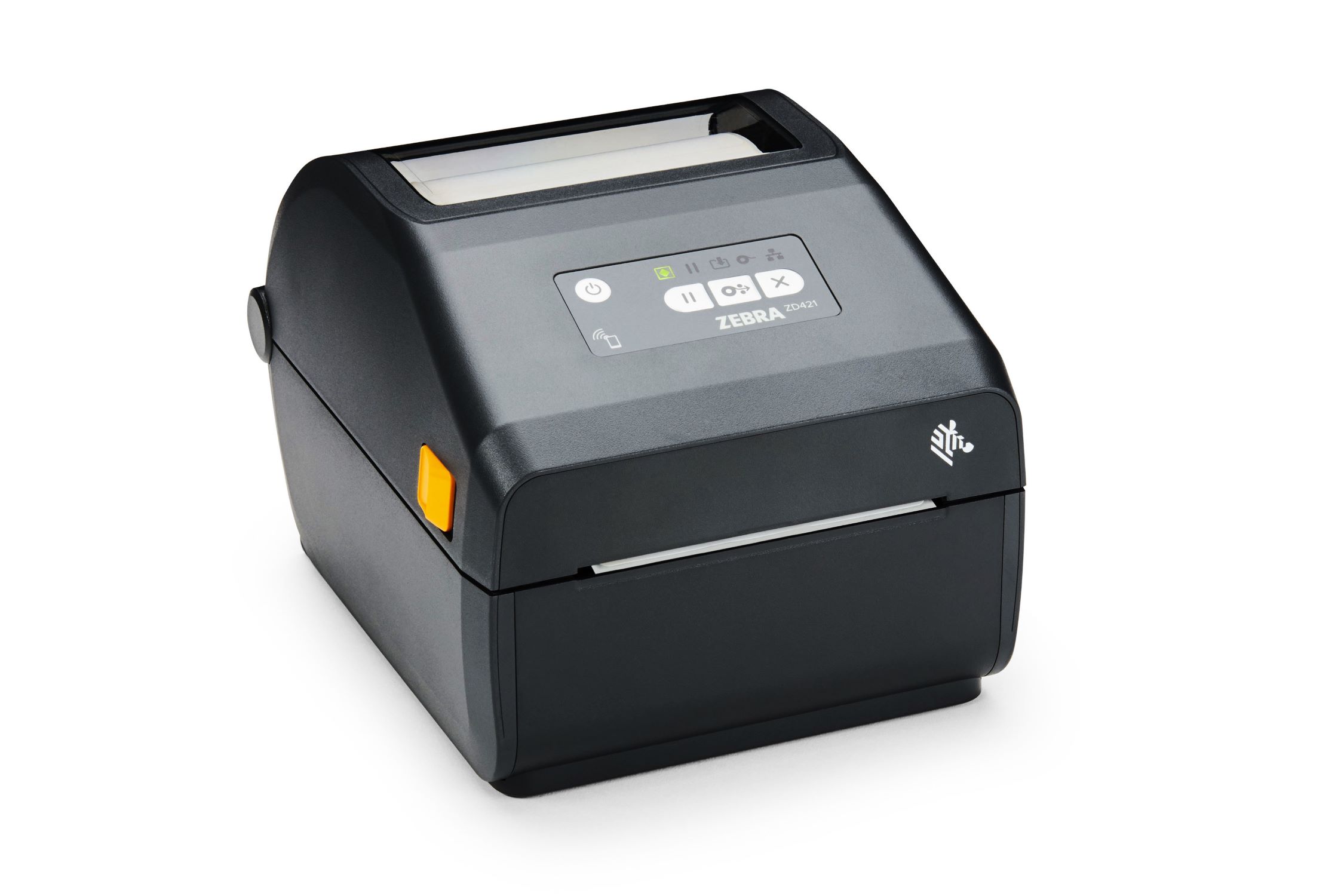
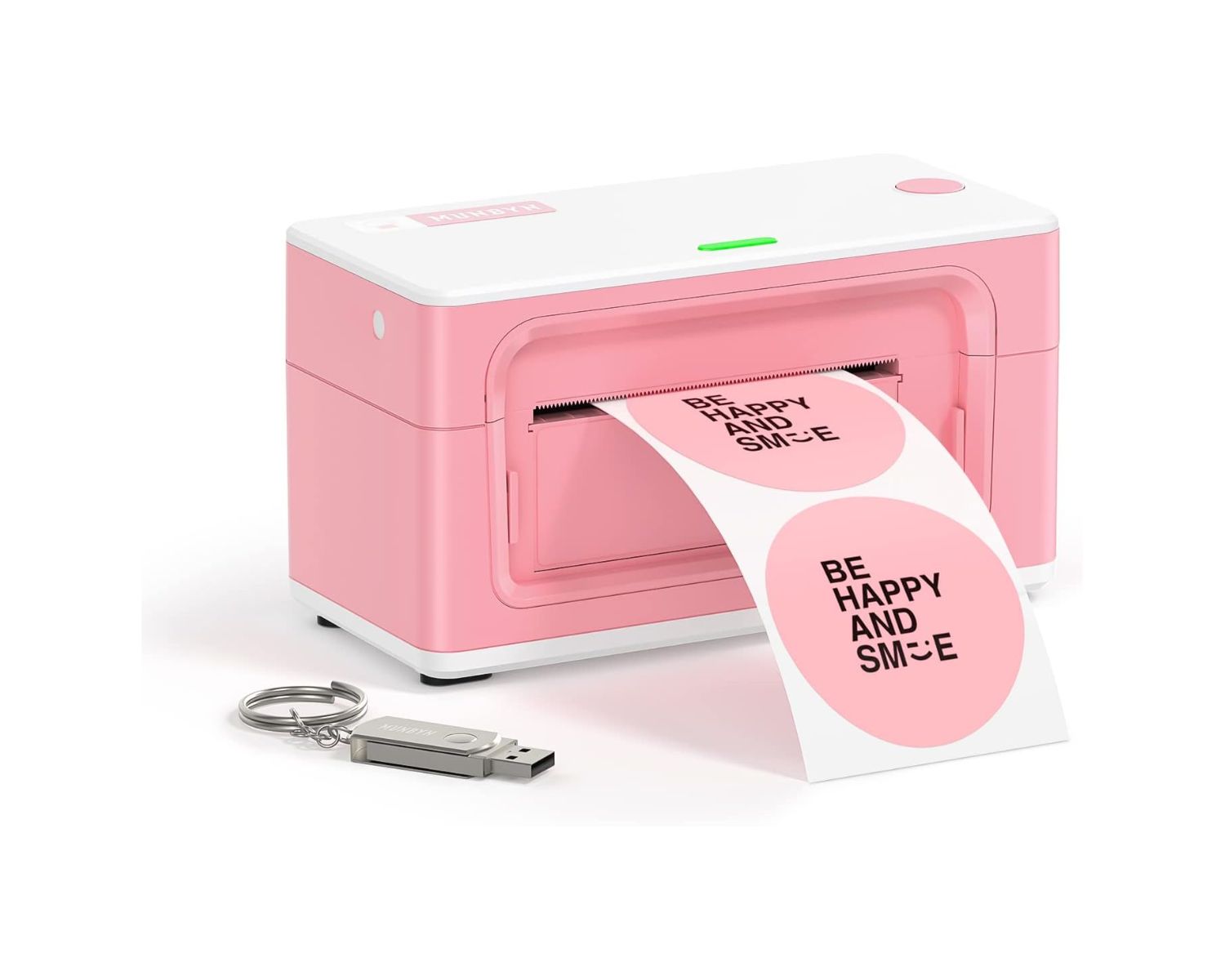
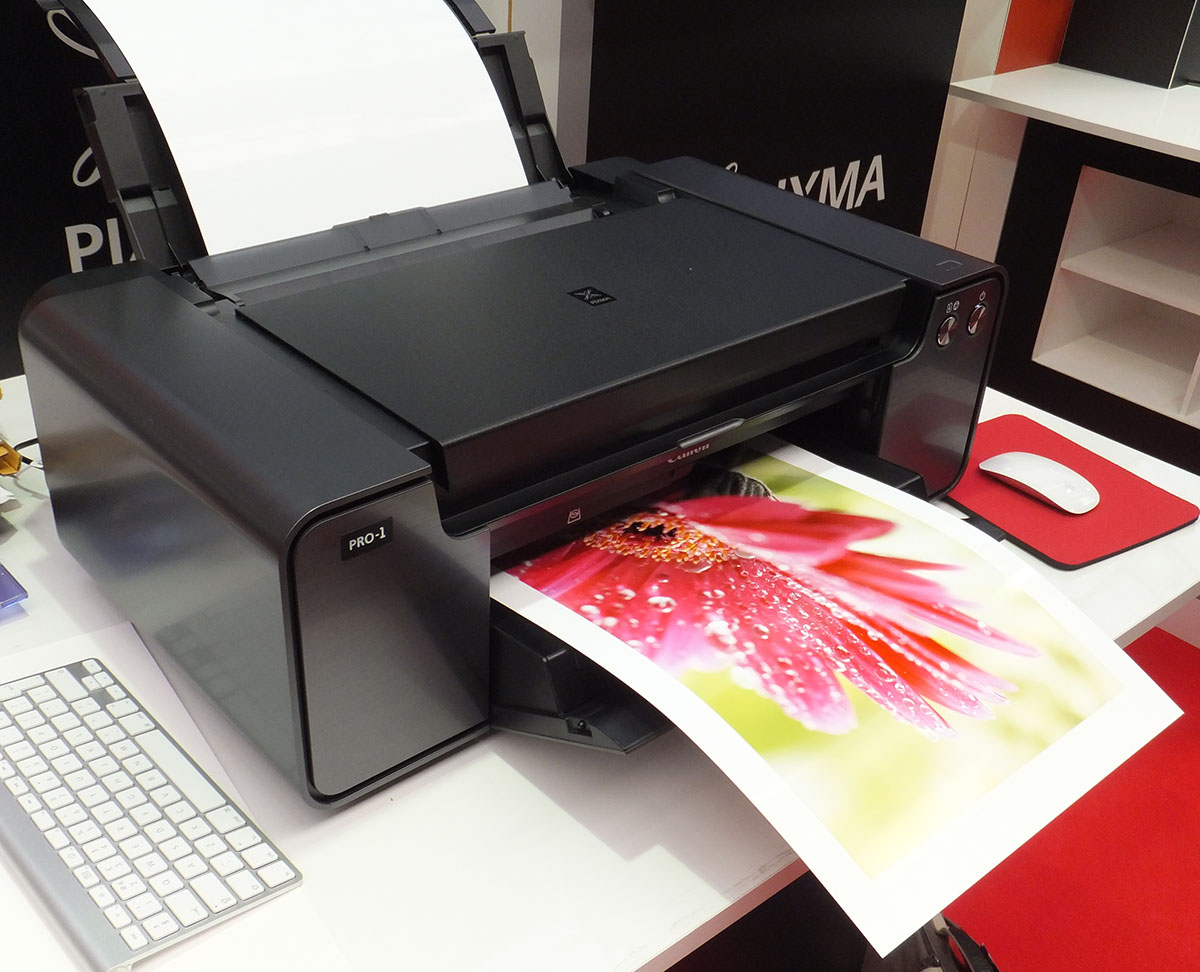
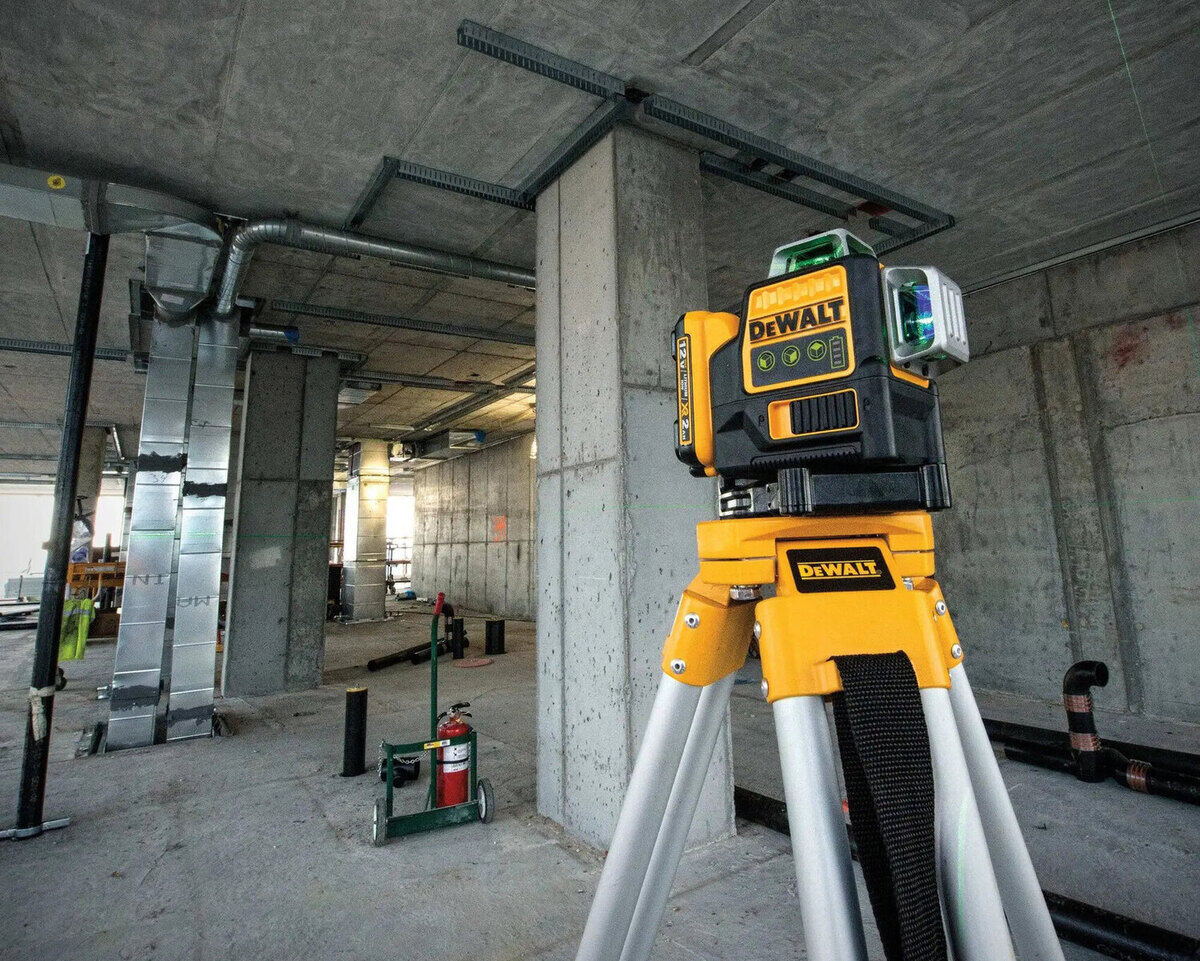
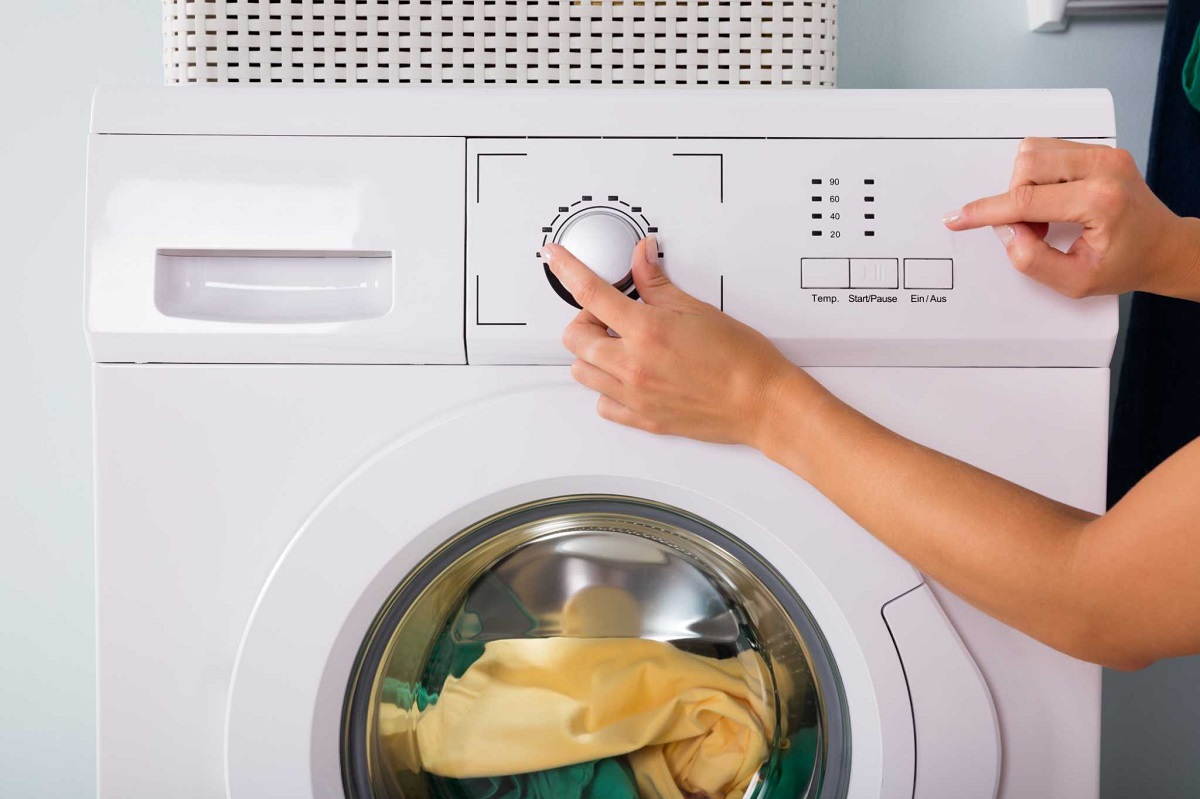
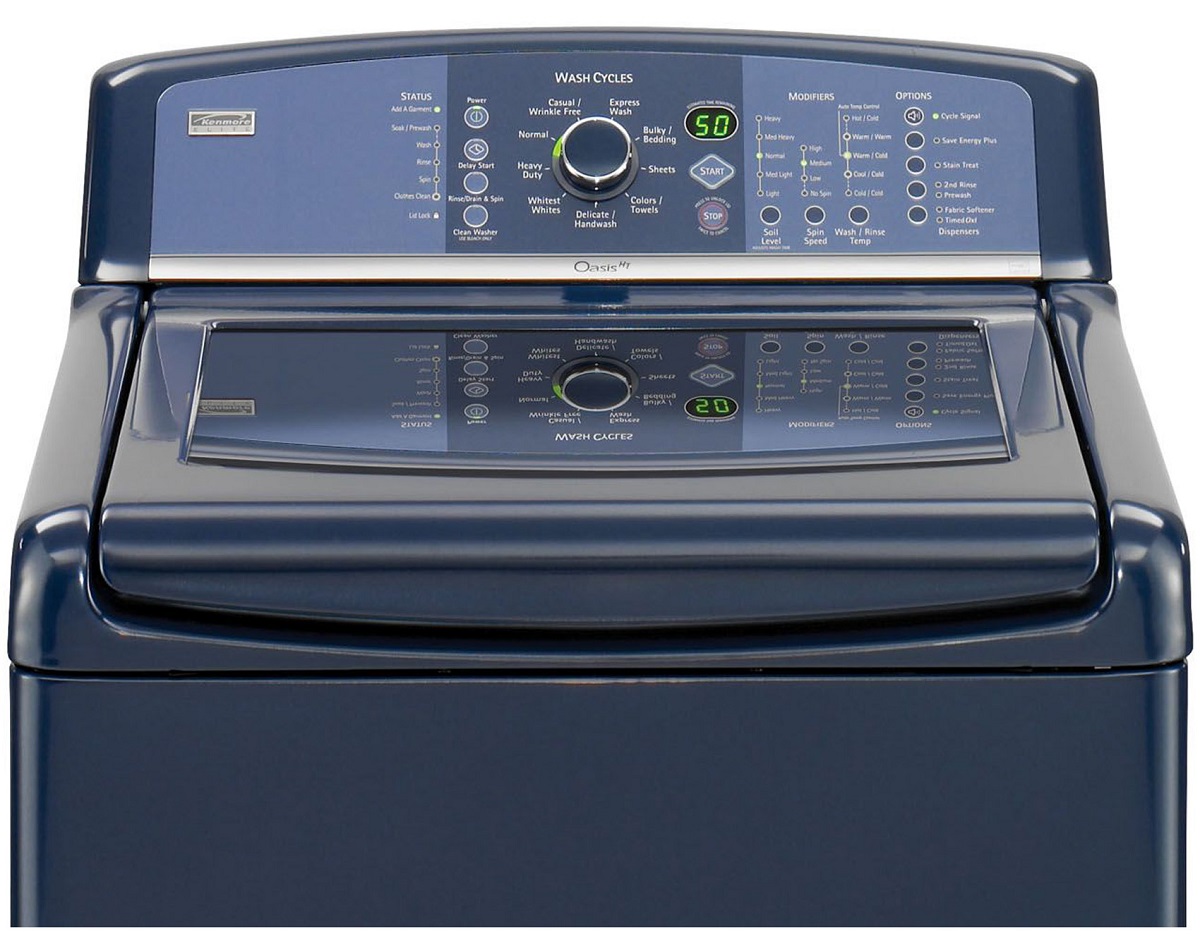
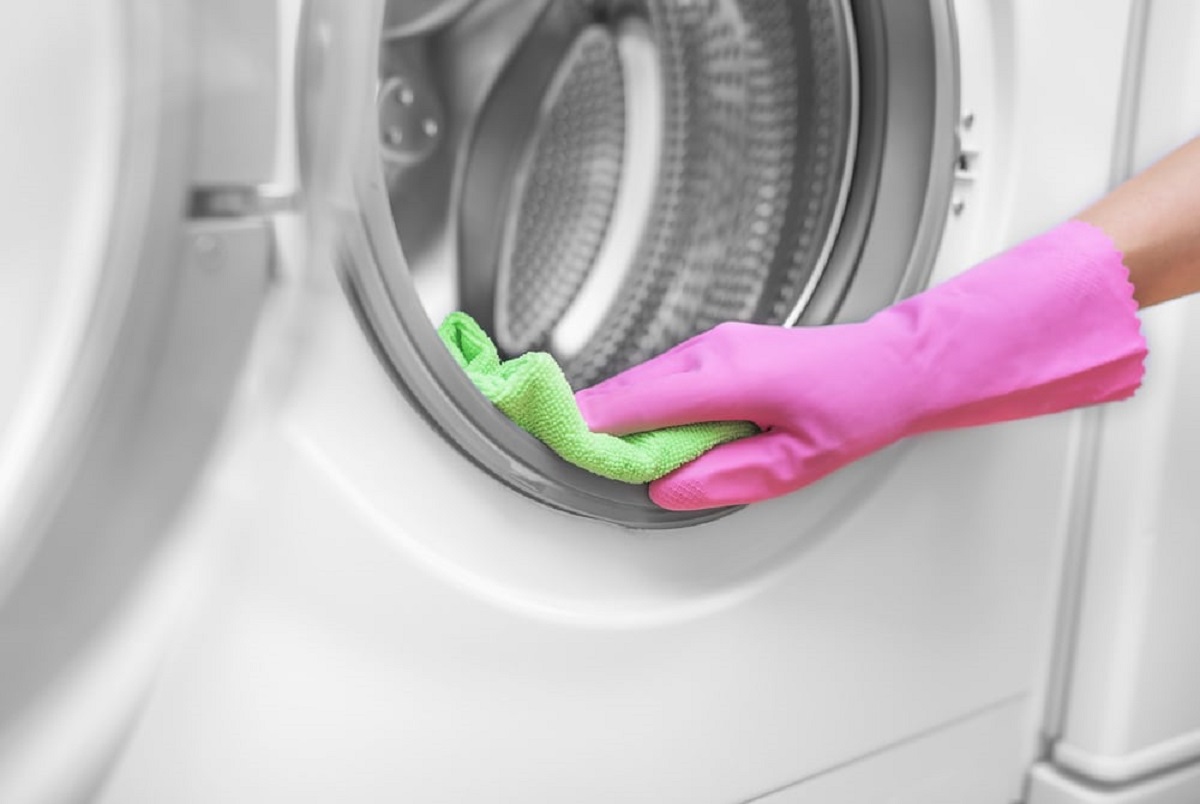
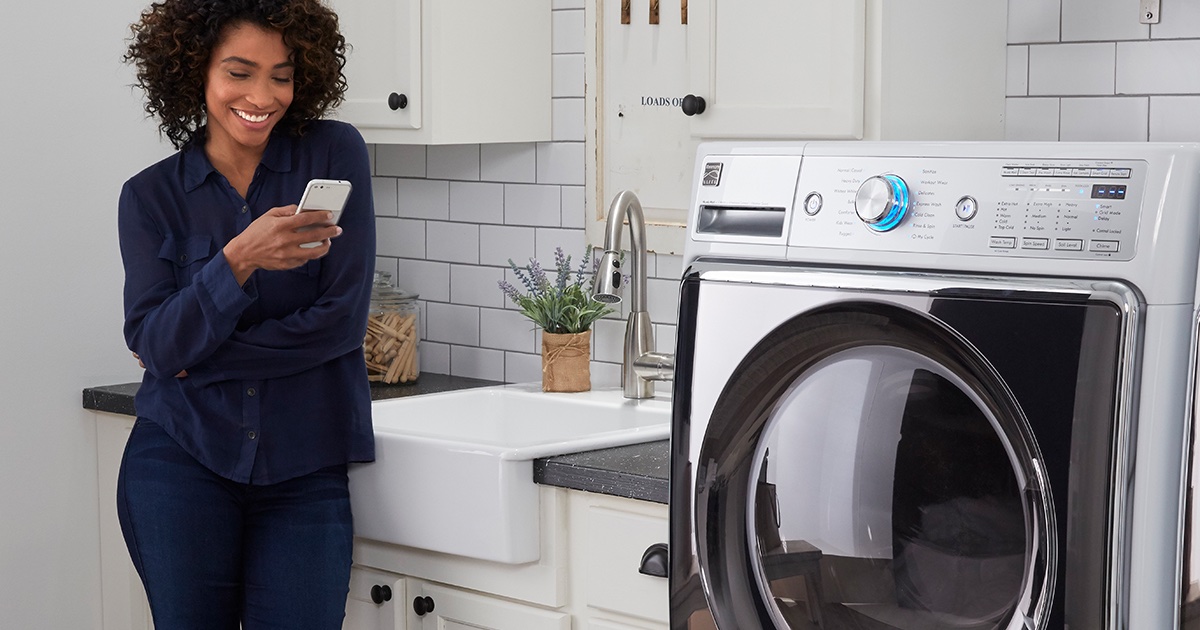
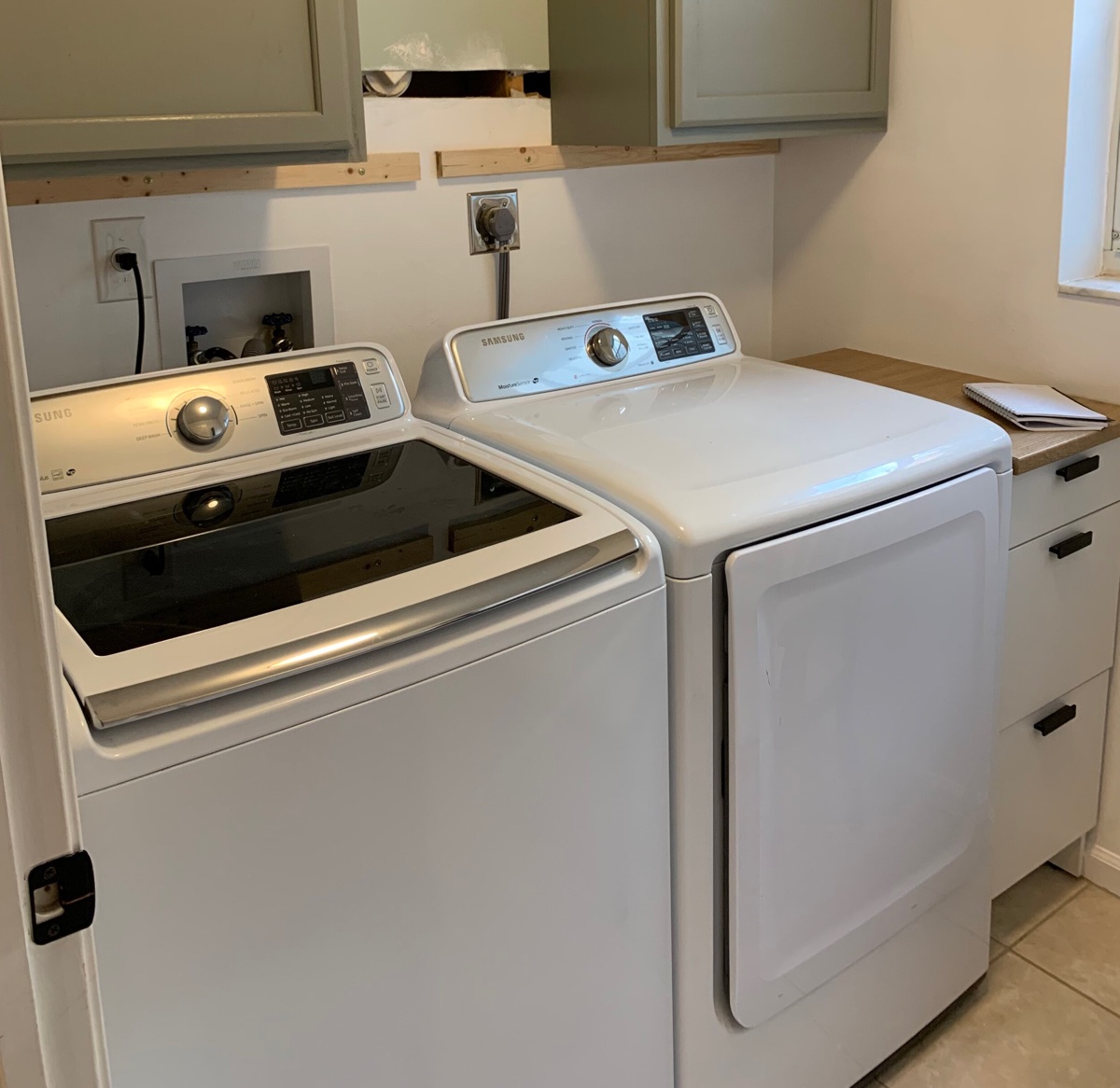

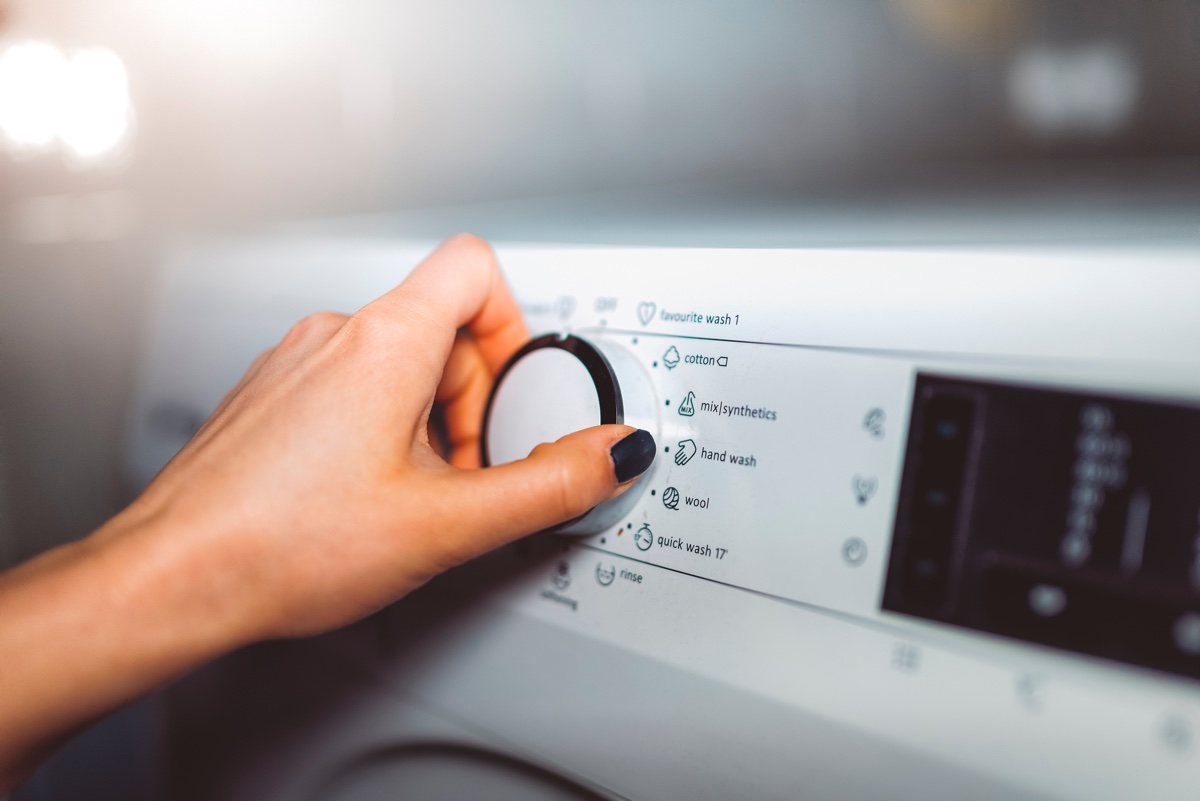

0 thoughts on “How To Calibrate A Washing Machine”